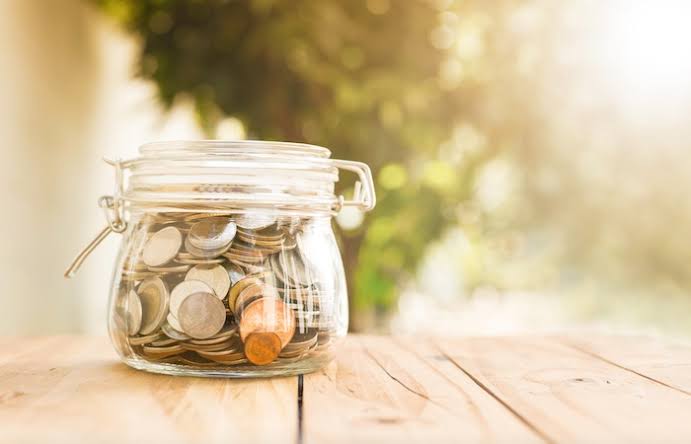UK. Half of DC pension savers don’t know how to access retirement pot
Almost half of defined contribution (DC) pension savers in their 50s and 60s have not considered how they will access their retirement pot, a study finds.
The Institute for Fiscal Studies (IFS) research published today (30 June) finds that close to half of working-age people have at least a small amount of wealth held in DC pensions.
Wealthier people are more likely to have DC pension wealth — 60% of individuals in the top tenth of the (non-pension) wealth distribution have DC pension wealth compared with 32% of those in the bottom tenth.
Just over three-quarters (76%) of individuals aged 50–59 – those approaching retirement – have some private pension wealth. Half of this age group (50%) have some DC wealth, and a little under half (43%) have a defined benefit (DB) pension.
One in six (17%) hold wealth in both DC and DB pensions. This means that a third (33%) of those approaching retirement with DC wealth also have a DB pension, the IFS said.
People hold – on average – considerably less wealth in DC pensions than in traditional DB pensions. The median value of DC pension pots among those aged 50–59 with a DC pension was £33,500 in 2018–20 compared with around £220,500 for the estimated value of the median DB pension promise for those with DB pensions.
Among families with at least some DC pension wealth, it is worth – on average – 12% of family wealth once we include the value of housing, the state pension, and other pensions and savings.
This compares with large fractions of wealth on average being held in annuitised forms or housing (24% in the state pension, 19% in DB pensions and 24% in main property).
AJ Bell head of retirement policy Tom Selby said: “While on the face of it the fact almost half of DC savers haven’t got a clue how they will access their retirement pot might be a cause for concern, there are some fairly obvious reasons why this might be the case. Anyone in their mid or even late 50s could be a decade or more away from touching their pension, so you wouldn’t necessarily expect them to have considered how they might go about this.”
Selby added that the IFS findings have underscored the importance of reforms designed to improve engagement levels among Brits including the advice/guidance boundary and pensions dashboards.
Meanwhile, the freeze in tax thresholds ‘begins to bite’ as number of taxpaying pensioners rise.
New figures published yesterday (29 June) by HMRC show a surge in the number of pensioners paying tax as well as a big growth in the number of people of all ages paying tax at the highest rates.
The annual income tax statistics show in 2023/24 the number of over 65s paying income tax stood at 8.5m, an increase of around 10% on the 2022/23 figure of 7.73m; the figure of 8.5m is exactly double the number of taxpaying over 65s in 2004/05.
The total number of taxpayers of all ages rose by 1.3 million to 35.9 million; slightly more women (0.7m) than men (0.5m) were dragged into the tax net; (note that subtotals do not sum exactly because of rounding in the published figures).
More people are paying tax at higher rates; the numbers paying the top (45%) ‘additional’ rate soared from 555,000 to 862,000, while the numbers paying at the higher (40%) rate rose from 5.28m to 5.59m.
The large rise in the number of older people paying tax will have been driven by the relatively large (10.1%) increase in the state pension in April 2023, as well as inflation-linked increases to other pensions, at a time when the starting point for tax was once again frozen.
Commenting on the figures, Steve Webb, partner at LCP said: “The surge in the number of pensioners paying income tax shows that the policy of freezing tax thresholds is really beginning to bite. A combination of high inflation and frozen tax allowances means that well over eight million people aged 65 or over are now paying tax, a doubling in the last two decades.
“The number of pensioners paying tax will continue to increase rapidly in years to come, particularly if inflation remains relatively high and thresholds continue to be frozen. The freezes also mean far more people now paying a top tax rate of 45% which was previously intended only for the very richest.”
Read more @moneymarketing











